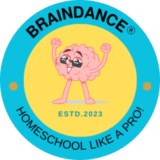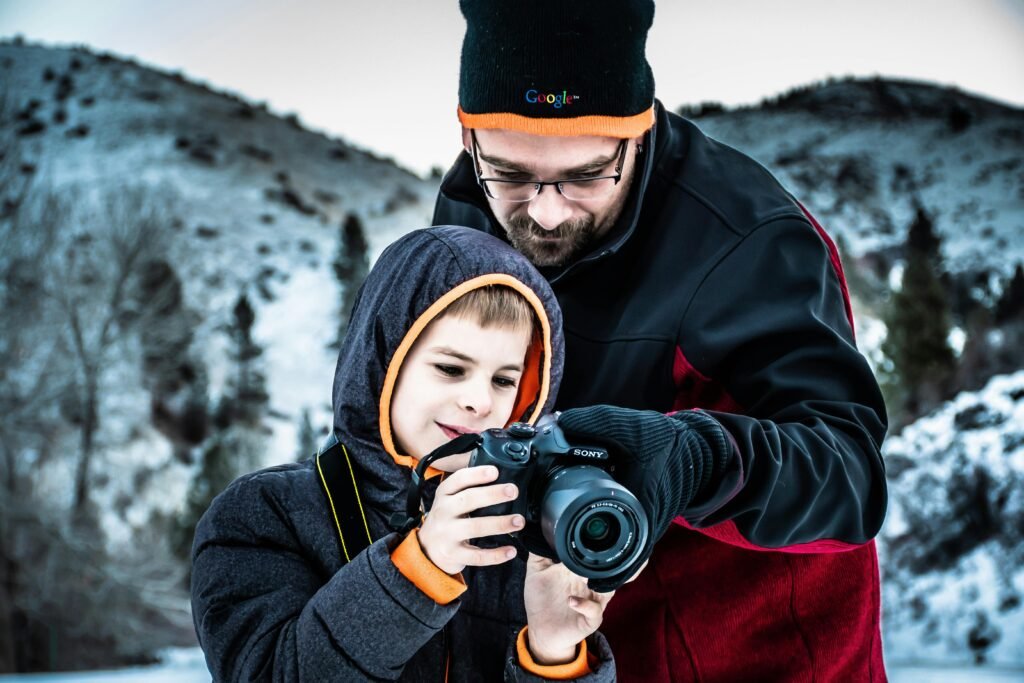🎯 Introduction: Feeling Overwhelmed by Your Options?
Homeschooling is growing fast—and so are the choices. From traditional district programs to eclectic unschooling paths, it’s easy to get lost in the mix. But don’t worry—you’re not alone.
In this guide, I’ll walk you through the key differences between homeschooling and unschooling, bust some common myths, and show how STEAM integration can help you balance freedom with purpose.
🏠 What Is Homeschooling?
Homeschooling is a flexible, customizable form of education that takes place at home rather than in a traditional school. It covers a wide spectrum:
Structured homeschooling: Uses a curriculum, set schedules, and grade-level goals (some aligned with public school standards).
Eclectic or relaxed homeschooling: Blends multiple resources—textbooks, online programs, nature walks, books, and projects.
👉 Key Insight: Homeschooling gives you the freedom to tailor learning to your child’s pace, interests, and personality. You choose what works best for your family.
🌱 What Is Unschooling?
Unschooling is a branch of homeschooling rooted in trust, curiosity, and self-directed learning. It removes formal curriculum and lets children explore what interests them most.
What sets it apart?
🚫 No fixed lesson plans or grades
🧠 Learning is led by curiosity, not a checklist
🛠️ Real-life experiences become learning tools
💬 Parents become facilitators, not lecturers
Unschooling nurtures a child’s intrinsic motivation and encourages joyful, lifelong learning.
🔬 STEAM Integration: The Bridge Between Structure and Freedom
One of the biggest concerns parents express is, “How do I balance structure with freedom?” That’s where STEAM (Science, Technology, Engineering, Arts, and Math) comes in.
Why STEAM works beautifully with unschooling:
Cross-disciplinary learning: One project can hit multiple subject areas.
Real-world relevance: Kids see how their learning applies to life.
Portfolio-friendly: Journals, sketches, photos, and reflections provide natural documentation.
Adaptable: Activities scale to different interests and ability levels.
🧪 Real Example: Build a Bird Feeder
This one activity teaches:
Science: Bird habits, ecosystems
Math: Measuring, counting
Engineering: Building and problem-solving
Art: Design and creativity
Writing: “How-to” guides, nature journaling
📁 Accountability Without Tests or Grades
You might be wondering: How do I know my child is learning?
📌 Answer: You don’t need rigid tests or formal assessments to show growth. You need a portfolio mindset.
Here’s how I help families stay confident and compliant:
✅ Every lesson includes learning goals and “big ideas”
💬 Sample Q&A prompts help spark natural assessment
📷 Portfolio tips: photos, drawings, journals, rubrics (if you want structure)
You’ll build a learning story that’s rich, real, and reflective.
🤔 Which Path Is Right for You?
There’s no one-size-fits-all answer. And that’s okay.
Ask yourself:
Does your child thrive on routine—or resist it?
How much structure do you need to feel confident?
What are your state’s homeschool requirements?
Remember, many families blend methods. You can start structured and grow into unschooling—or the other way around.
The goal? A child who is confident, curious, and connected to their learning.
🌿 Sample Activity: STEAM-Powered Nature Walk
Take a short walk in your neighborhood or nearby park. Bring a notebook, ruler, and phone for photos.
🧠 Learning by Grade Level:
K: Count and sort leaves.
1st: Draw an animal and its habitat.
2nd: Compare the length of different sticks.
3rd: Create a birdwatching bar graph.
4th: Discuss adaptations in plants/animals.
5th: Write a short report on a local ecosystem.
🤓 Ask Questions Like:
“Why do you think this animal lives here?”
“What do you notice about the shape of these leaves?”
“How could you design a shelter for a small animal?”
Power words to use: Observe. Measure. Predict. Create. Reflect.
📸 Document It All for Your Portfolio
Suggested documentation:
Nature sketches or graphs
Photos of your child collecting, building, or observing
Short written reflections or “captions” for each photo
Vocabulary: habitat, adaptation, observation, ecosystem, measurement
🧭 Final Thoughts: You Don’t Have to Choose Between Freedom and Structure
Homeschooling and unschooling aren’t enemies. With the right tools—like STEAM integration—you can create a learning path that is both rich and flexible.
✨ Learning doesn’t have to look like school. It can look like life. ✨
📚 Want More Ideas?
Explore my Amazon Author Page to discover my full Unschooling for Grades K–5 series. You’ll find sample lessons, portfolio tips, and real-world STEAM activities designed to fit every learning style.
📥 And don’t forget—download your free report:
“5 Homeschooling Myths That Hold Parents Back—And How to Overcome Them” at unschoolingk-5.com

